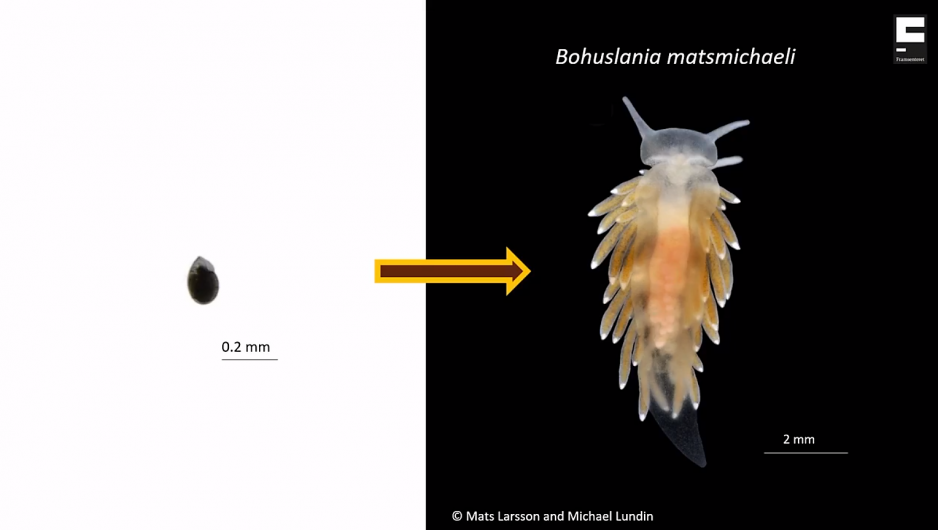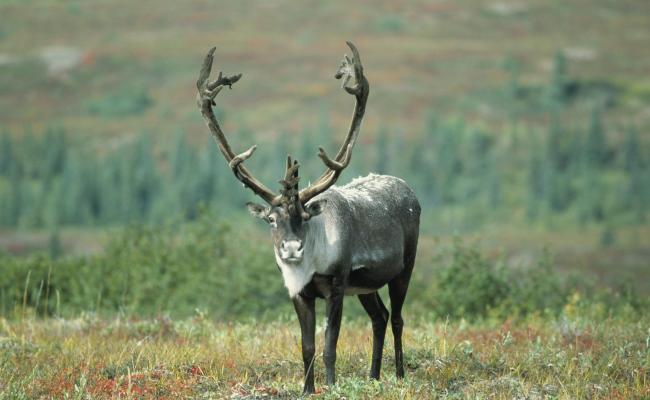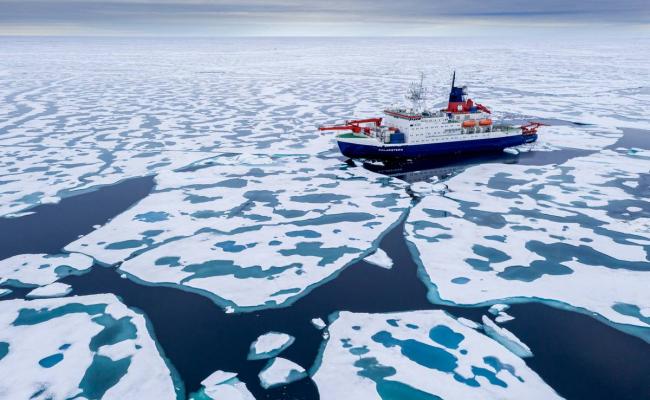“Small, Invasive Sea Animals may Change the Arctic as We Know it”

The Arctic is warming,and it is only a matter of time before southern species survive, warns marine biologist Raphaelle Descoteaux at the University of Tromsø, Norway. (Photo: Screenshot).
Are southern species already capable of invading the Barents Sea? Marine biologist Raphaelle Descoteaux works to find out. Together with colleagues at the University of Tromsø she researches small sea animals’ quest to reach the Arctic Ocean.
Climate changes may have major effects on fjord and coast ecosystems in the High North, which again affects how people live and what sustains them.
Raphaelle Descoteaux is a marine biologist at the University of Tromsø. During a presentation facilitated by the Fram Center for Climate and Environmental Research, she takes us on an imaginary journey via ocean currents from the south to the High North.
It is already well known that small ocean animals follow ocean currents northwards, where warm water from the Atlantic Ocean meets cold water from the Arctic. Descoteaux has conducted research on what creatures we are talking about and how they get there. Who are those little sea babies endeavoring on such a long voyage?
Found foreign species
“We went to the Barents Sea off the coast of Svalbard to collect species in order to find answers. And we use DNA to make sure results are reliable. We found both sea stars and clams, which both belong in the Artic. But when we tested a young sea slug’s DNA, we were up for a surprise.”

Far away from home: This little creature was picked up off the coast of Svalbard, far away from the sea slug stock to which it belongs. (Screenshot from the presentation.)
This particular sea slug does not belong in Svalbard waters, but much further south in Norway. It has never been registered in Arctic waters before. How did it get there, so far away from its origins?
The scientists know that ocean currents from Lofoten islands leads directly to Svalbard. If the little sea slug started its voyage outside Lofoten, it would end up in Svalbard waters in about three months’ time. But that is only if it were to start from Lofoten.
That is still a long way away from its natural habitat.
Will not survive
“So either the young have drifted with currents for a lot longer than three months, or its parents have migrated north”, says the marine biologist.
The Arctic is warming,and it is only a matter of time before southern species survive
So far, foreign species in the Arctic are not as destructible as in more tempered areas, since the young do not survive that far north. The trip was thus in vain.
“However, the Arctic is warming, and it is only a matter of time before southern species survive”, Descoteaux warns.
“When that happens, the invasive species will live side by side with local species, and perhaps even replace them. And that development will have consequences. These little sea babies may change the Arctic as we know it”, the researcher says in closing.
The Norwegian Institute of Marine Research and Akvaplan NIVA leads the flagship research project “Effects of climate changes to fjord and coast ecology systems in the north”. 12 out of 21 institutions at the Fram center participate in the project.
The result of their research is to provide relevant contributions to the knowledge foundation for ecosystem-based management of environmental and resources, culture and business resources as well as further development of sustainable coastal communities in the High North.
Arctic warming
Warming in the Arctic has for the past 50 years been more than twice that of the rest of the world, and the temperature has increased across most of the region.
In the 2011-2015 period, the Arctic as a whole was warmer than ever before since instrumental measuring started around year 1900.
Water circulation is controlled by warm water arriving with the Gulf Stream and cold freshwater flowing out from the Arctic Ocean through the East Greenland currents.
Most of the ice is transported out from the Arctic Ocean with the East Greenland currents.
This article was originally published in Norwegian and has been translated by HNN's Elisabeth Bergquist.



